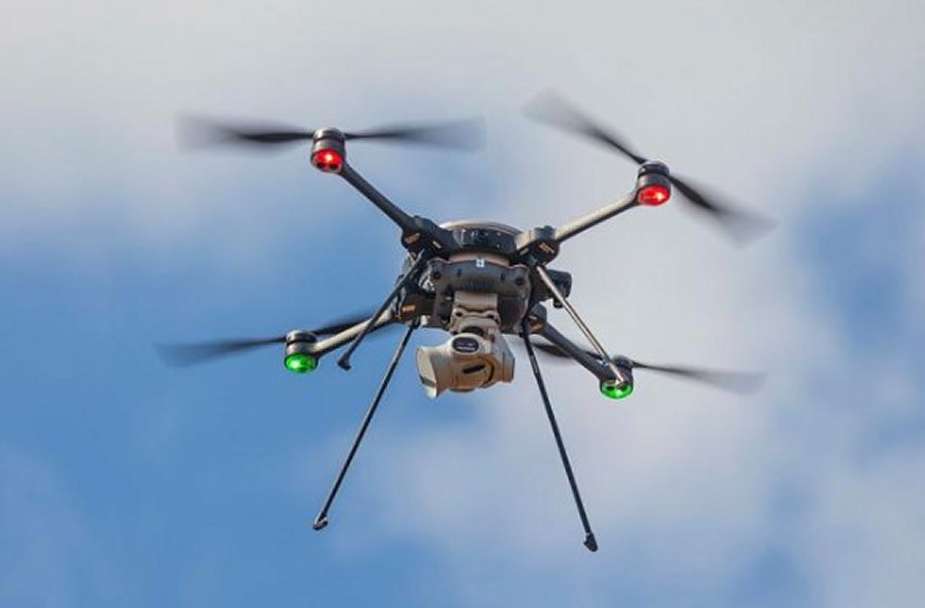Breaking news
Australian army to get various logistical drones for supply missions.
The arrival of your next batch of ammunition or rations via drones may become a reality in as little as a couple of years, following the awarding of innovation contracts aimed at developing uncrewed aerial systems for tactical logistics. These contracts were granted in August, after companies successfully presented their concepts at Army Innovation Day 2022.
Follow Army Recognition on Google News at this link

The Sky Ranger R70 unmanned aerial system operating at RAAF Base Darwin, NT, in 2022 (Picture source: Australian MoD/Leading Aircraftman Sam Price)
In the medium-lift category, Jabriu Aircraft emerged as the chosen candidate with its coaxial quadcopter. This innovative quadcopter aims to transport a 50kg payload within an Army trunk. The design employs two large coaxial rotors for lift, complemented by four smaller rotors on the sides to maneuver the craft—all powered by a four-cylinder petrol engine. Jabriu's Executive Director, Michael Halloran, explained that the quadcopter is designed to grasp the trunk's handles, carry it up to 150km, and then deposit it. However, it offers flexibility to trade payload for extended range: "If we want to cover more distance, we can simply carry less payload and more fuel." The goal is for the design to be cost-effective enough for mass production and capable of autonomously flying between waypoints set by an operator. Proof of concept flights have been conducted, and a full-scale prototype is expected to take flight by the end of the following year.
In the heavy lift category, Geodrones presented a hybrid-powered coaxial design for development. With an estimated weight of approximately 3 tonnes and the ability to lift up to 1,000kg, this design aims to facilitate the movement of heavy loads between units or from ship to shore. The concept design has recently been completed, and a demonstration with the Army is anticipated in about 18 months. The craft is equipped with a radial engine for a range of 300km, but it can switch to electric propulsion for silent descent. Glenn Alcock, CEO of Geodrones, explained, "That allows us to glide quietly during descent, turning off the engines and relying on electrical power."
Crystalaid, also selected for the heavy lift category, is developing an eight-rotor, turbine-powered UAV with a planned lift capacity of over 800kg. Crystalaid Director Ross McKinnon highlighted the redundancy in the craft's systems, which allows it to continue flying even after losing certain components, including rotors. Some rotors provide lift, while others control direction, ensuring the craft maintains a level orientation during movement, unlike traditional helicopter designs. "When transporting casualties or containers, maintaining a stable position is crucial," said Mr. McKinnon. A smaller demonstration model is expected within 15 months, and there is consideration of making the craft fully autonomous. The goal is to enhance logistics capability while maintaining the same number of personnel, allowing warfighters to request container deliveries from any mobile device in communication-challenging environments.
Over the next two years, the Australian Army will collaborate with each of these companies to advance logistic UAS technologies, enabling the delivery of combat supplies to soldiers operating in restricted or high-risk environments. Crystalaid and Jabiru are set to demonstrate their technology to Defense in late 2024, while Geodrones will present its capabilities in early 2025.
Defense News September 2023


























